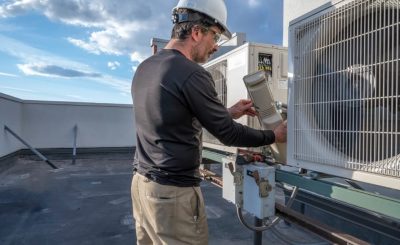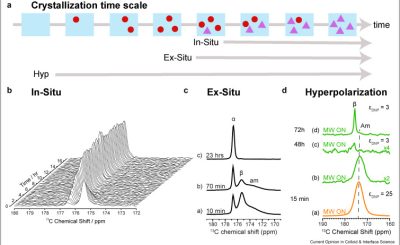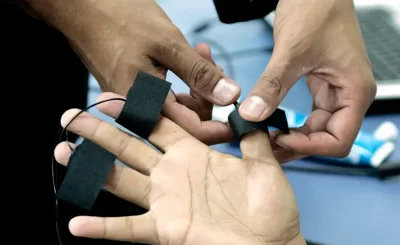Food safety and quality are of utmost importance in the restaurant industry. To ensure customer satisfaction and prevent foodborne illnesses, restaurants are increasingly turning to innovative solutions like building Restaurant OS. The Internet of Things (IoT) has emerged as a game-changer, offering advanced technologies and devices that enhance food safety and quality. In this article, we will explore how IoT devices are revolutionizing the restaurant industry by improving food safety protocols and maintaining high-quality standards.
Real-Time Monitoring of Environmental Conditions
IoT devices equipped with sensors can monitor various environmental conditions critical to food safety. For example, temperature sensors placed in refrigeration units can provide real-time monitoring, ensuring that food is stored at the appropriate temperatures to prevent spoilage and bacterial growth. Similarly, humidity sensors can help maintain optimal humidity levels in food storage areas, preventing moisture-related issues such as mold growth.
Remote Monitoring and Alerts
IoT devices enable remote monitoring of critical parameters, allowing restaurant owners and managers to keep an eye on operations even when they are not physically present. Connected cameras and sensors can provide live video feeds and data, alerting staff to potential hazards or deviations from set parameters. For instance, if a refrigerator’s temperature rises above the safe range, IoT devices can send immediate alerts, enabling timely intervention and preventing food spoilage.
HACCP Compliance
The Hazard Analysis Critical Control Point (HACCP) system is essential in maintaining food safety standards. IoT devices can facilitate HACCP compliance by automating data collection and streamlining reporting processes. For instance, connected temperature sensors can record and document temperature data automatically, eliminating the need for manual logging. This automation reduces human errors and ensures accurate records, making HACCP compliance more efficient and reliable.
Traceability and Supply Chain Management
IoT devices can enhance traceability throughout the food supply chain, ensuring transparency and accountability. By utilizing sensors, RFID tags, and blockchain technology, restaurants can track and trace the journey of ingredients from farm to table. This enables quick identification of potential contamination sources and expedites recalls in case of food safety issues. Improved traceability also enhances consumer confidence by providing information on the origin, quality, and safety of the ingredients used.
Predictive Analytics and Shelf-Life Management
IoT devices equipped with predictive analytics algorithms can help manage inventory and optimize food usage. By monitoring factors such as temperature, humidity, and usage patterns, these devices can predict the shelf life of perishable items. This information assists restaurants in planning their inventory, reducing food waste, and ensuring that ingredients are used before they expire. Effective shelf-life management not only minimizes waste but also maintains food quality and freshness.
Data-Driven Insights for Process Improvement
IoT devices generate a wealth of data that can be leveraged to identify trends, patterns, and areas for improvement. Analyzing this data can provide valuable insights into operational efficiencies, potential risks, and compliance adherence. Restaurants can use this information to refine their processes, optimize resource allocation, and implement preventive measures to ensure food safety and maintain consistent quality standards.
IoT devices are revolutionizing the restaurant industry by enhancing food safety and quality. Real-time monitoring, remote alerts, and HACCP compliance automation improve operational efficiency and minimize the risk of foodborne illnesses. Furthermore, IoT-enabled traceability and predictive analytics facilitate better supply chain management and inventory control, reducing waste and optimizing resource utilization. By leveraging data-driven insights, restaurants can continuously improve their processes, deliver high-quality food, and provide a safe dining experience for their customers. As technology continues to advance, the adoption of IoT devices in restaurants is poised to play an increasingly pivotal role in ensuring food safety and maintaining superior quality standards.








